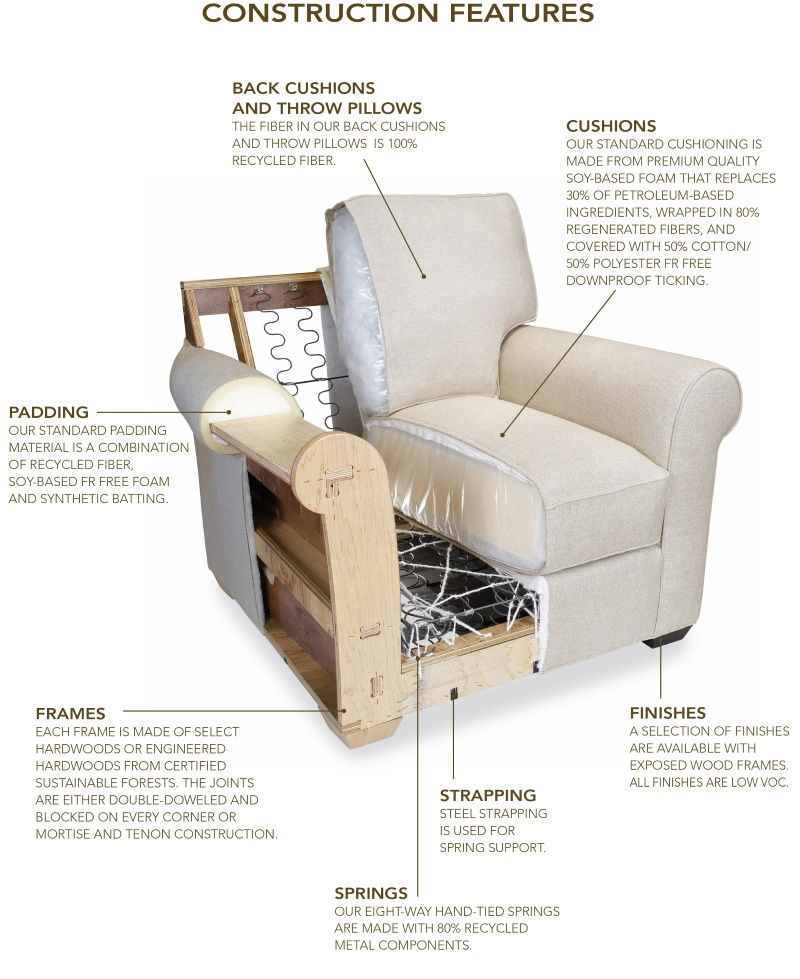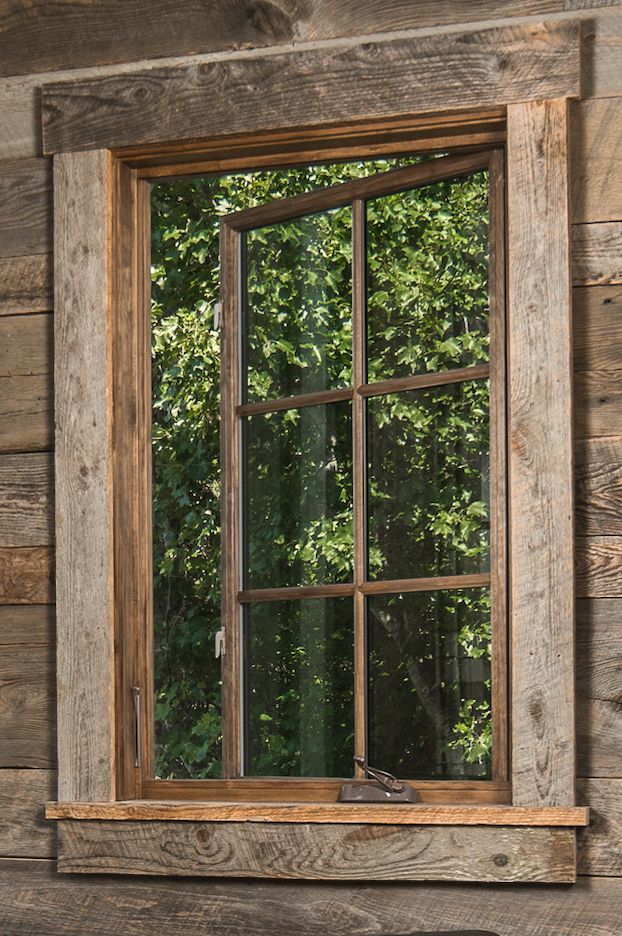When you consider the amount of time spent at home, including sleeping, cooking and eating, bathing, getting dressed, watching television, cleaning, and spending quality time with loved ones, it’s important that your home is a place where you experience physical wellness and mental clarity. In the pursuit of a healthier lifestyle, you have probably adopted healthier eating habits such as organic foods, and you have more than likely purchased all-natural household cleaners and hand soaps. When products are clearly labeled, the healthier options may seem obvious, but there are many additional steps you can take to eliminate chemicals and toxins in your home. Who wouldn’t want to come home to a place that supports long-term well being? Our Interior Design team is excited to introduce Wellness Within Your Walls® (WWYW) to clients who are interested in natural, sustainable, and responsible alternatives for their homes.
The mission of Wellness Within Your Walls® is to connect clients with healthy, eco-sensitive products that result in beautiful, sustainable, non-toxic interiors. Annie Gray Gibbs is a Certified WWYW Professional and is eager to introduce and educate clients on ways to prioritize and achieve healthier interior environments. There are three categories, or tiers, of wellness at home and the first step is identifying which method is the most suitable for your family’s lifestyle. We have outlined the parameters of each category and provided some tips to try at home!
#1) Natural
A natural home prioritizes products that are made from natural elements and are free of harmful materials. The first hurdle of this category is identifying what products are actually natural, since labels are not always accurate and are not adequately regulated.

- There is a surprising difference between labels that say “Organic,” and “Made with Organic Materials.” Look for labels that bear the USDA Organic label to ensure that the product has a minimum of 95% organically produced materials, as opposed to individual ingredients that may or may not be organic.
- Did you know that natural products can become toxic? For example, natural rugs and fabrics, such as wool, can be made toxic when treated with flame retardants and stain repellents. Be aware of what your fabric is treated with, including your detergents and household cleaners. We recommend wool dryer balls as opposed to dryer sheets in order to easily eliminate toxins in your laundry room.
- Standard seat cushions, pillows, and mattresses are filled with foam, but did you know that this material is technically toxic? Since 2004, by law, the U.S. requires all mattresses to be fireproof to a specific temperature point and ever since the toxicity levels in memory foam mattresses have increased. The best natural upholstery alternatives are down, cotton batting, natural rubber latex, wool, jute webbing, recycled natural fibers, silk, linen, hemp, soy, horse hair, buckwheat hulls, and wool by-products. We would love to help you select a natural or a Low-VOC foam-hybrid mattress alternative in order to ensure that you can rest easier.

#2) Sustainable
A sustainable home uses products and materials to their fullest potential! These products provide long-term well being as well as environmental, social, and economic benefits. This approach conserves an ecological balance by avoiding depletion of natural resources. Sustainable products are manufactured using clean production technologies and best practices.

- Incorporate fabrics and furnishings in your home that come from renewable resources. Target natural materials that can be grown and harvested year after year. If you are purchasing wood products, does the manufacturer take the initiative to plant new trees? Try to choose fast-growing wood species such as Pine, Maple, or Bamboo.
- Install solar tubes and skylights! Natural light is not only healthy and a great source of Vitamin D, but it also will help cut down on energy consumption in your home. We are proud to have solar tubes installed at our office if you would like to take a closer look.
- The EWG (Environmental Working Group) has found 316 chemicals of concern in tap water. Have you considered a personal water purification system in your home? In addition, look for Watersense plumbing fixtures. These fixtures are certified to use at least 20% less water, save energy, and perform as well as or better than regular models.

#3) Responsible
A responsible home monitors and reduces toxins through accountability and informed decision making. This category is best suited for clients who want to feel empowered to make the best possible choices to avoid safety hazards and promote a healthy living environment.
- Proper ventilation can promote better air quality in your home by reducing moisture, oder, carbon monoxide, carbon dioxide, radon, VOC’s, formaldehyde, and more! Simply opening windows and doors or using fans with your HVAC system when new items are brought home can help with off-gassing. We have been trained to believe that when something smells “new” that it’s a good thing, when in reality, it has been treated and packaged with chemicals that need to ventilate.
- Beware of “Greenwashing!” This is when products are deceptively marketed to suggest that a product is environmentally friendly. The easiest way to identify truly healthy products is through third party certifications such as Green Seal, Energy Star, FSC, LEED, WaterSense, Cradle to Cradle, etc.
- Choose paints and stains that are low or no VOC. Some VOC chemicals such as formaldehyde can take up to seven years to properly off-gas. A huge benefit of these paints is that they can be cleaned simply with soap and water. These odorless paints can even improve your overall indoor air quality.
We are very excited to offer our Wellness Within Your Walls® knowledge to all of our interested design clients. These practices can be implemented throughout the building process for new construction jobs and renovations, as well as furnishing projects. We care deeply about the well being of our clients and are excited to supply furnishings and build homes on a foundation of natural, sustainable, and responsible living. Give us a call to schedule a consultation about how you can take the next steps towards healthier living!
Please view the Wellness Within Your Walls website to learn more about the organization.
https://wellnesswithinyourwalls.com/



